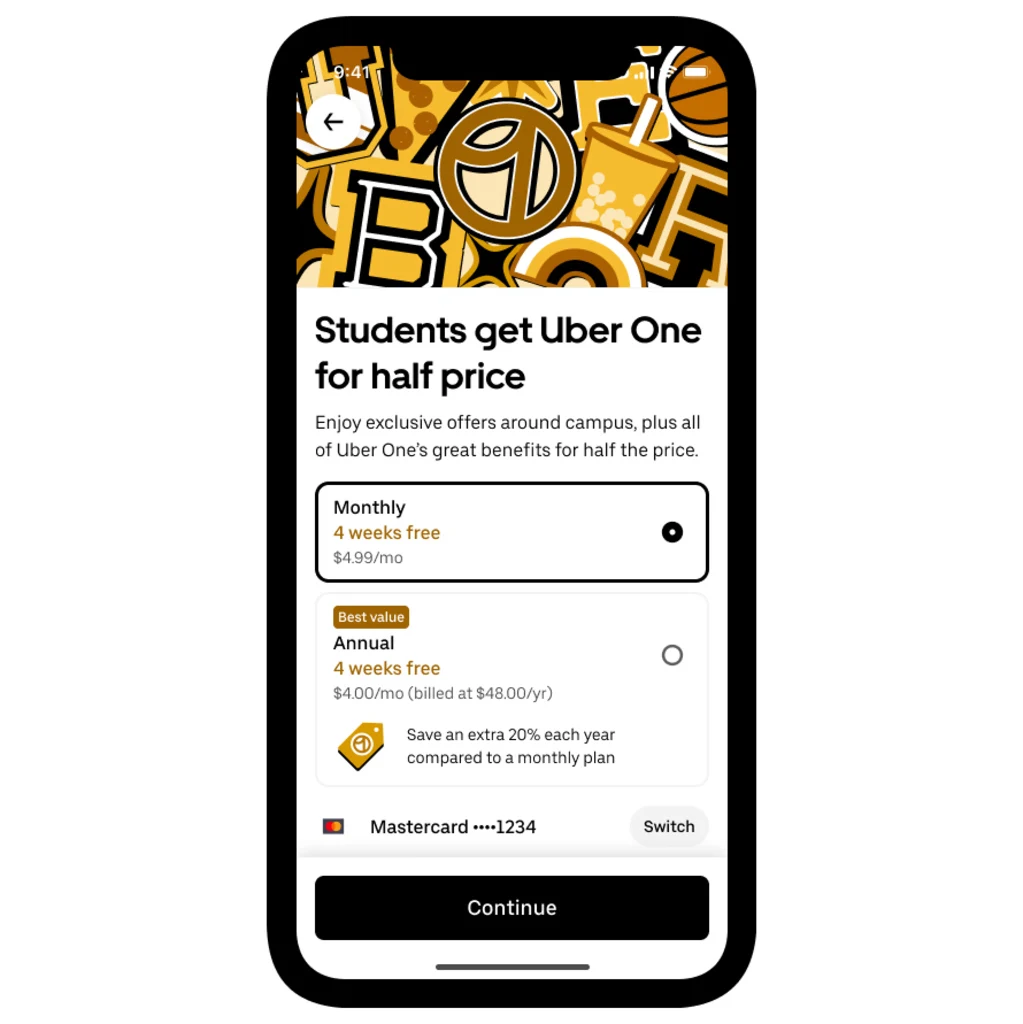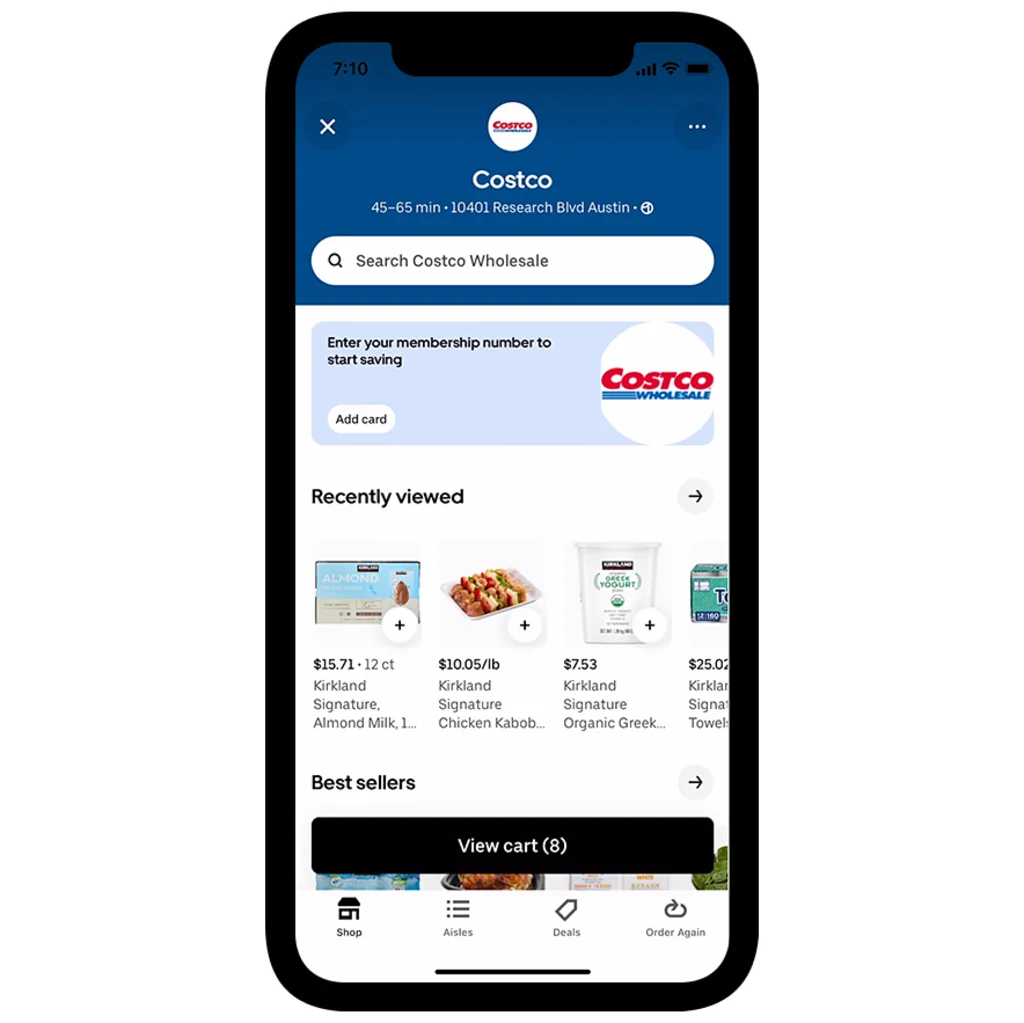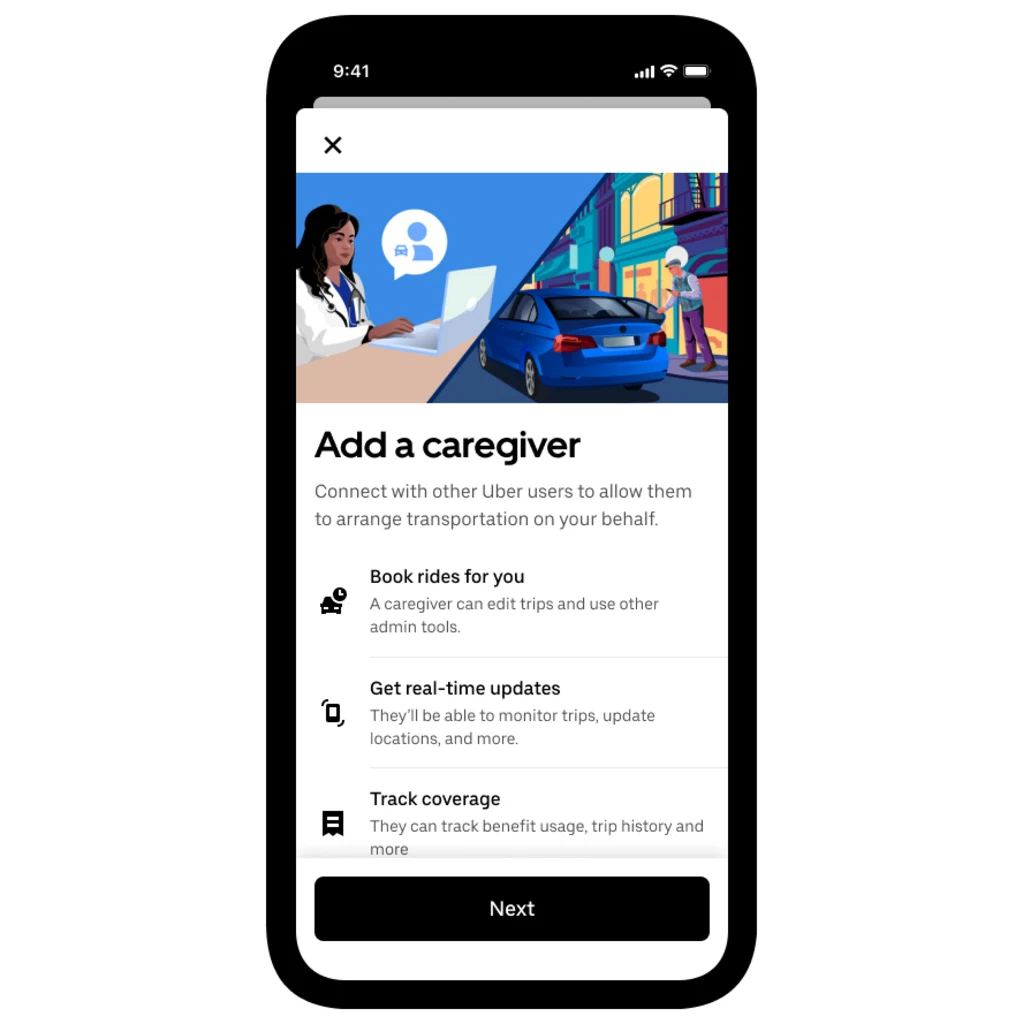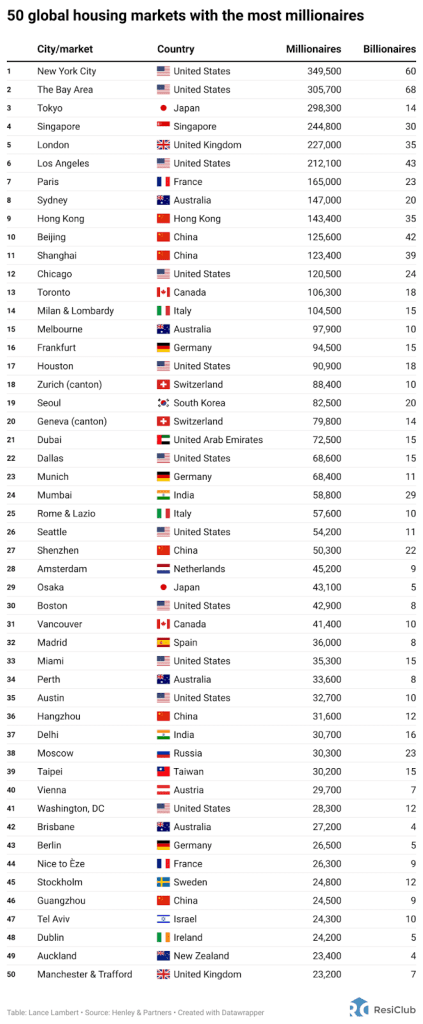Map all doors in the home and figure out how to escape. Make a list of items in each room that you can use to defend yourself. Shelves, dishes, night stands, kitchen knives — all can be weapons if you are attacked.
These are among the strategies Judith Bautista Hidalgo teaches her students — 25 Hispanic women working as nannies, housekeepers and home care workers in the New York City area — to defend themselves on the job. She hopes her April training on preventing sexual harassment will be a lifeline for many in the classroom who have experienced assault or abuse at work.
Domestic workers like those in Hidalgo’s class are excluded from many federal workplace protections in the United States, and the private, home-based nature of the work means abuse tends to happen behind closed doors.
Although many domestic workers are covered under federal minimum wage and overtime laws, part-time and live-in workers are still exempt from some provisions. And domestic workers are generally excluded from Title VII of the Civil Rights Act of 1964 — a federal law banning workplace discrimination, including sexual harassment — since it only applies to employers with 15 or more employees.
Neither are domestic workers covered by the Occupational Safety and Health Act, which aims to ensure safe and healthy conditions for workers.
In the coming weeks, Rep. Pramila Jayapal (D-Wash.) plans to introduce a national domestic workers bill of rights, which seeks to “reverse the historic exclusions of domestic workers from key labor laws,” according to a statement from her office.
Although previous efforts to pass similar legislation have stalled in Congress, support continues to mount this time around. But there are still plenty of hurdles to overcome, according to Ai-jen Poo, president of the National Domestic Workers Alliance.
“It’s not uncommon for a bill of the scope and significance to take decades,” she said.
Last month, domestic workers traveled to Washington, D.C., where they were in the crowd for a rally headlined by President Joe Biden. The next day, they met with Jayapal to discuss the federal domestic workers bill of rights, crowding onto couches and sharing their stories in English and Spanish.
Dulce Tovar, who has been a nanny for more than a decade, lives in El Paso, Texas, where neither the state nor the city have passed protections for domestic workers.
“There’s a lot of abuse,” Tovar said in Spanish. “If we complain about something, or ask for something, we aren’t heard. They tell us, ‘There’s a lot of people who want your job.'”
Part of the problem is that domestic work is undervalued and often dismissed as “caregiving work that women were just expected to do out of the goodness of their hearts” rather than professional work deserving of labor protections, said Julie Vogtman, senior counsel for the National Women’s Law Center.
Isabel Santos, a nanny from Chicago, said many do not appreciate the expertise experienced caretakers like herself bring. Santos, 51, has been caring for children for more than two decades and has received training on early childhood development. She has potty-trained children, taught them Spanish, taught them their alphabets and colors and has made sure they were ready for school by the time they entered kindergarten.
“To support the child’s development, we have to be a little bit teacher, a little bit nurse and a little bit psychologist,” Santos said.
Domestic workers from across the country have taken their fight beyond Congress and straight to statehouses, where they have been instrumental in getting labor protections passed.
But even in the 11 states with laws on the books that specifically target domestic workers, those often go unenforced. Women are more likely to be assaulted at work than men. Domestic workers, who make less than half of what a typical worker makes and are disproportionately women and immigrant women — many of whom lack legal work status — are especially vulnerable to workplace exploitation, experts say.
The women taking Hidalgo’s course as part of We Rise Nanny Training in Brooklyn have no intention of being defenseless.
“We are fighters. We matter,” said Aniuska Esther, a house cleaner who attended the course on a recent Saturday afternoon. “We do the work that no one else will do.”
A coalition of organizations including Carroll Gardens Nanny Association, the National Domestic Workers Alliance, and Cornell University’s School of Industrial and Labor Relations created We Rise as a low-cost education and organizing program aimed at transforming the domestic worker industry. Besides combating sexual harassment, the curriculum offers classes in English and Spanish on workers’ rights, newborn care, CPR and first aid, organizing, negotiating, family communication, child nutrition and more.
Hidalgo herself knows firsthand what it feels like to endure sexual harassment in the workplace. Last April, she said she was cleaning an apartment in New Jersey when a friend of the employer visited. He later cornered her in the kitchen, exposed himself and started to masturbate.
When he advanced toward her despite her protests, Hidalgo said she pulled out a meat knife she had just washed and held it to his throat. “Stay away from me,” she repeated. He retreated to the living room and sat down “like nothing happened,” Hidalgo said.
She was fired after reporting the incident to her employer.
A year later she’s still living with the consequences. Hugs from her boyfriend or teenage son send her into a panic. Crowded subways set her on edge. It’s hard to fall asleep at night.
When she felt strong enough, she came forward with her case and began teaching sexual harassment prevention classes. Some participants came forward with their own experiences, and classmates engulfed them in hugs and offered tissues.
Some said they feel afraid to speak up because they lack legal work authorization. But “the same laws apply to an undocumented worker as any other worker,” said Laura Rodriguez, a New York City area employment attorney who primarily represents low-wage immigrant workers, including domestic workers.
Although employers may threaten to call immigration authorities if domestic workers speak up about problems in the workplace, they generally don’t because they risk revealing that they broke the law themselves by hiring someone without work authorization, she explained.
Some clients Rodriguez has represented experienced abuses so severe they are considered labor trafficking violations. For example, when the pandemic hit, some families insisted their nannies remain at the employer’s home to avoid spreading Covid-19, so workers were unable to go out in public or see their own families for long periods at the risk of getting fired, according to Rodriguez.
On top of that, duties often increased — cooking meals and doing laundry for the whole family instead of just the children after parents started working remotely, for example.
Combined with lower pay and job insecurity, “the pandemic was a nightmare for every domestic worker,” according to Wendy Guerrero, program and membership coordinator for Carroll Gardens Nanny Association and a former nanny who helped organize the We Rise Nanny Training.
Esther, the housekeeper who attended Hidalgo’s class, said the trainings make her feel empowered. Before she started taking the classes, Esther had to miss four days of work because of breast cysts requiring biopsies that left her arm and chest swollen for days. She didn’t know that New York law entitled her to paid sick leave, and went without pay.
“I can defend myself now. I can’t stay silent. Now I feel that the law is with me and I feel that I can speak,” she said.
The Associated Press’ women in the workforce and state government coverage receives financial support from Pivotal Ventures. AP is solely responsible for all content. Find AP’s standards for working with philanthropies, a list of supporters and funded coverage areas at AP.org.
—Claire Savage and Moriah Balingit, Associated Press




